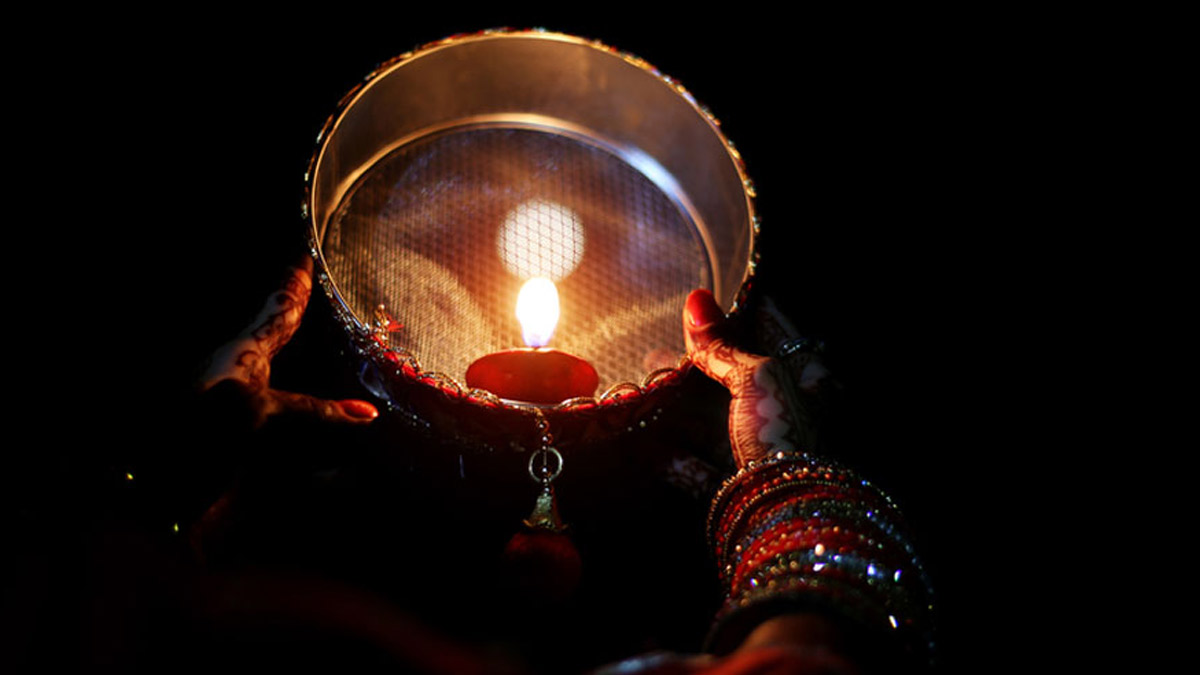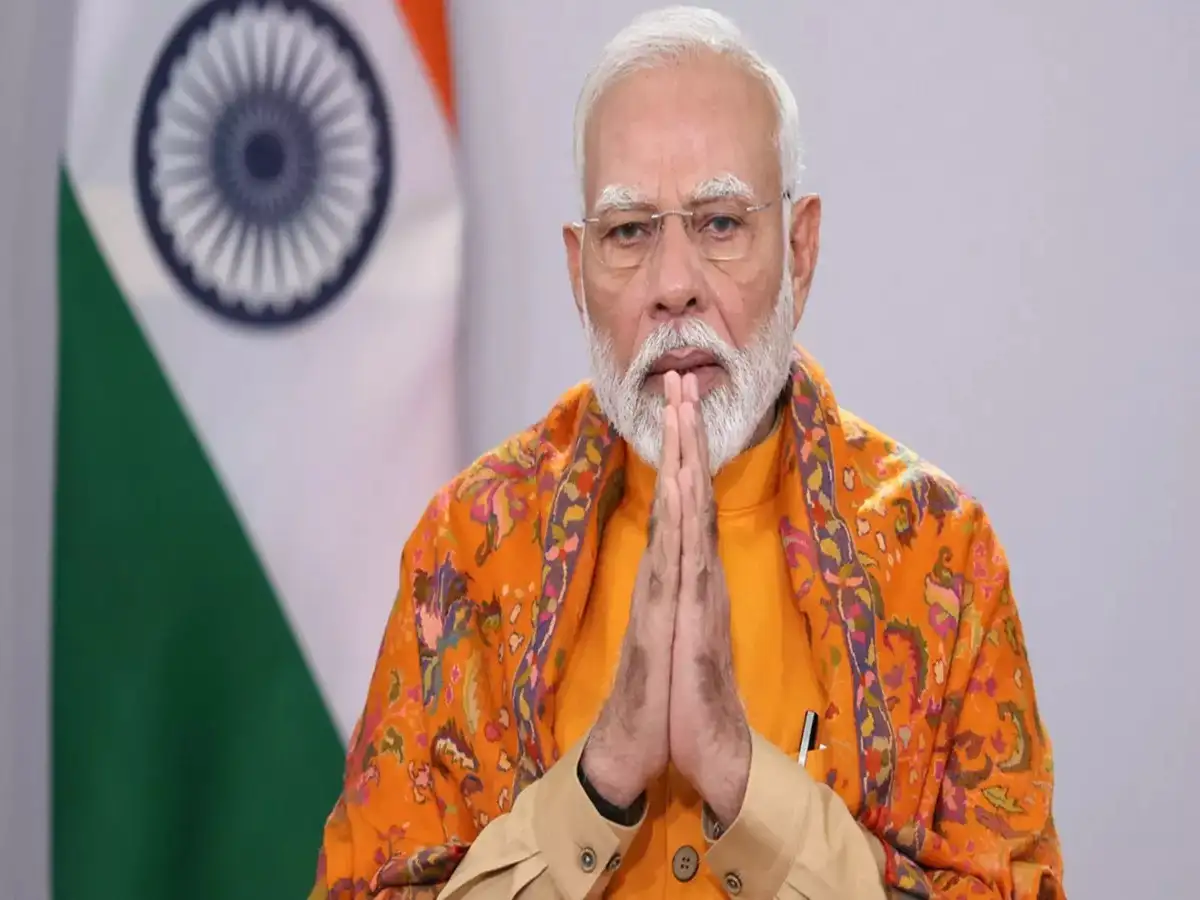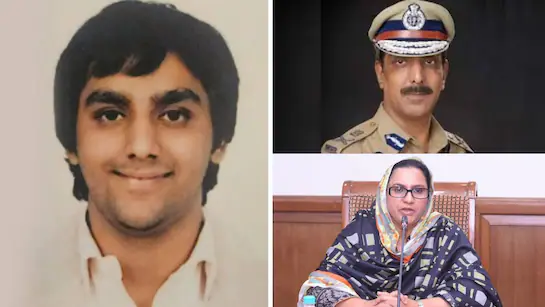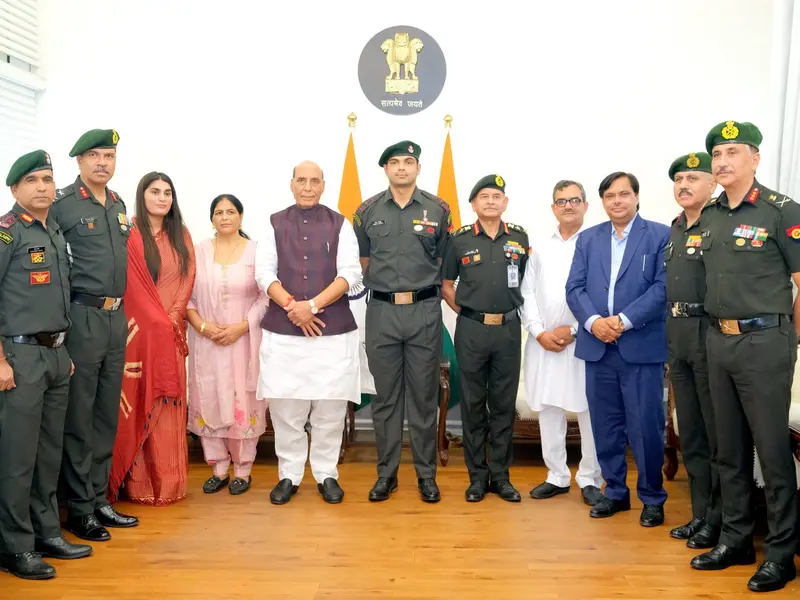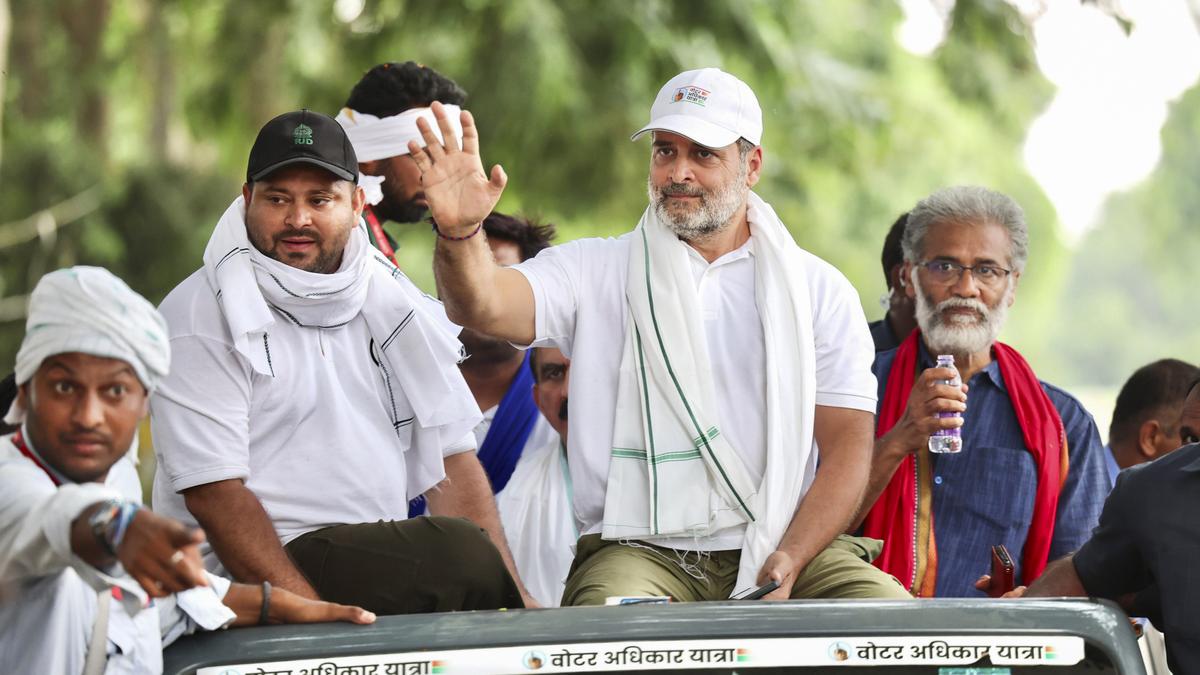Married Influencer Rejects Sindoor & Mangalsutra Norms, Sparks Online Debate
- byAman Prajapat
- 25 September, 2025
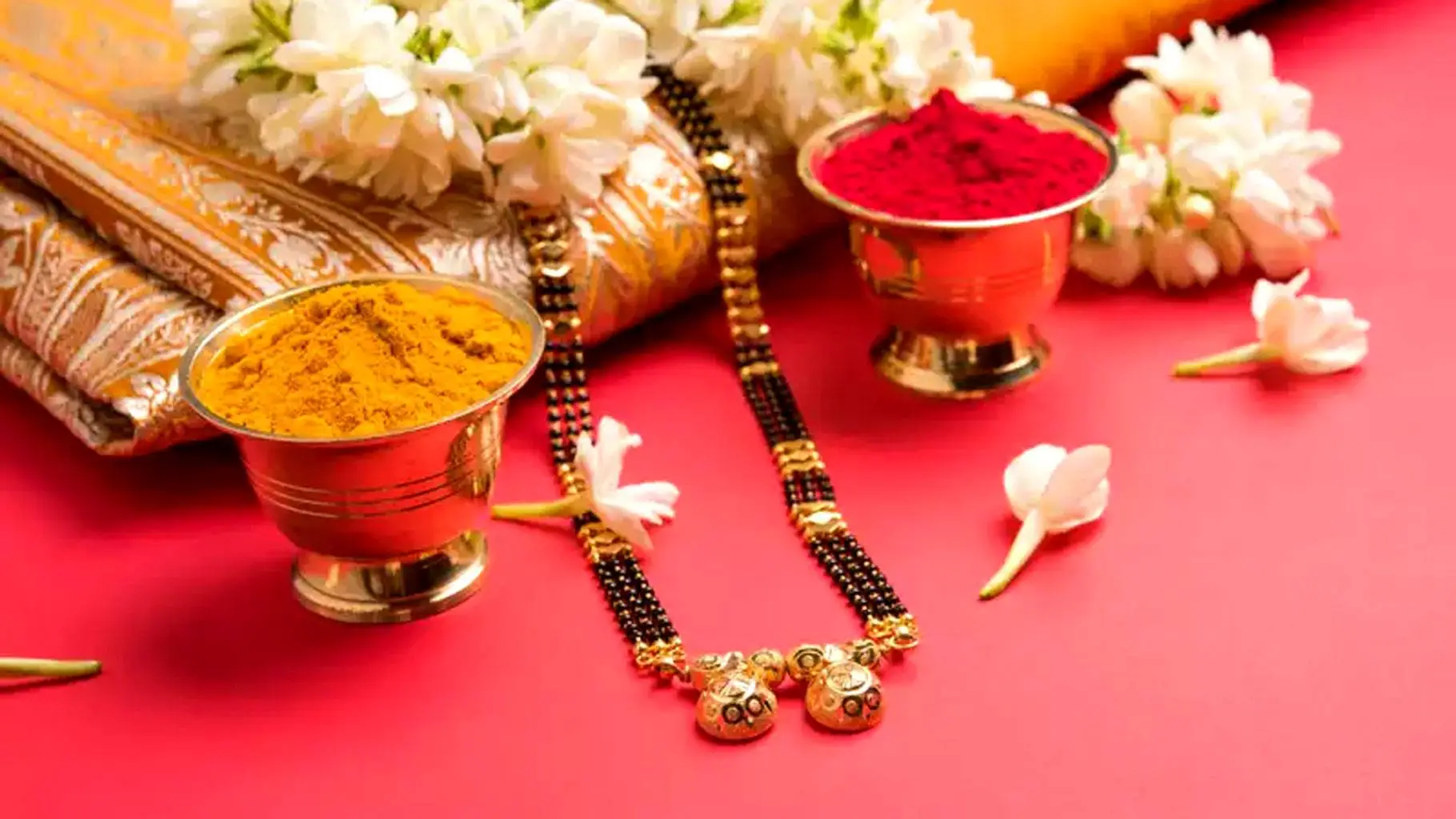
In the age of Instagram selfies and TikTok trends, even the most entrenched customs are under fresh scrutiny. A trending story involves a social media influencer who publicly stated that she will not be wearing sindoor or mangalsutra — two long-held symbols of marriage in many parts of India — after her wedding. The statement has set off waves of both support and backlash, revealing how deep expectations around marriage symbols remain ingrained, even as some push for change.
What Exactly Was Said
The influencer posted (or said) that since her marriage, she does not intend to regularly wear sindoor on her hair parting, nor the mangalsutra around her neck. She emphasized this was a personal choice, not a rejection of marriage, but simply a rejection of mandatory displays of tradition.
She clarified that her husband and family accept her decision, and expressed discomfort with being pressured by societal norms or online critics to conform.
Internet’s Mixed Reactions
Supporters:
Praised her for autonomy: Many comments applauded her for owning her choices. “Marriage symbols are personal,” “Why should tradition dictate our appearance?” are common refrains.
Seen as modern and progressive: Social media users grateful for visible examples challenging gendered expectations and reminding others that married status does not require a uniform display.
Discussions about mental peace & authenticity: Some say wearing symbols under social compulsion causes stress or anxiety; they’re more at peace living authentically without them.
Critics:
Accusations of disrespect: Some users feel she is disrespecting culture, tradition, or religious norms by rejecting what they see as sacred rituals.
Claims of attention-seeking: A segment suspects the influencer made the statement to stir controversy and gain visibility.
Concern over loss of identity or loss of symbolic meaning: To many, sindoor and mangalsutra are more than ornaments—symbols of marital status, societal recognition. Their absence is seen by some as a loss of identity or even moral looseness.
Why This Matters
Tradition vs autonomy: The incident sits at the intersection of long-standing traditions (especially in Hindu communities) and growing demand for individual choice. It raises the question: how much of marital customs are voluntary, and how much are socially enforced?
Gender inequality angle: Women especially are expected to observe visible markers of marriage. Men generally face no parallel expectation. Rejecting these norms highlights the asymmetry in how society treats gender roles.
Social policing via online mobs: The speed and harshness of trolling, shaming, or demands reflect how powerful public opinion is, and how little space remains for personal dissent.
Changing social norms: India is diverse; beliefs differ by region, community, urban/rural settings. Moves like this indicate a cultural shift especially among younger, urban, socially liberal individuals who prioritize personal belief over ritual obligation.
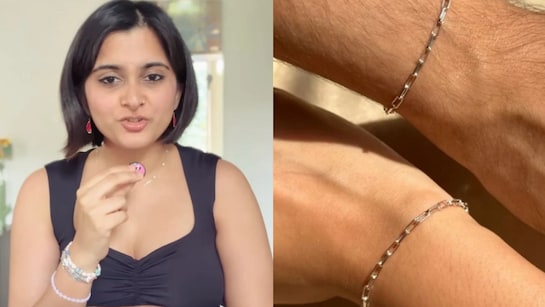
What Precedents or Similar Incidents Exist
The hashtag #WithoutSymbolsOfMarriage has been used where people share pictures of married individuals without traditional symbols like sindoor or mangalsutra/bindi, arguing that love and responsibility, not outward rituals, define marriage.
Bollywood / TV personalities have been trolled for not “looking married enough” — Alia Bhatt was criticized for photos where she wasn’t wearing mangalsutra or sindoor.
Actress Disha Parmar faced trolls for not wearing sindoor days after her marriage. She responded by stating it’s her choice; she would wear it when she wants, and her family is okay with it.
What Comes Next
More online dialogue: expect threads, podcast episodes, op-eds debating tradition, marriage, identity, religiosity vs personal freedom.
Possible cultural pushback: religious or conservative voices may call for preserving rituals, seeing them as social glue or moral markers.
Opportunities for role models: those who choose differently can become beacons for others who feel pressured but silent.
Legal/rights angle: while wearing symbols isn’t legally mandated, the social pressure is strong; might lead to conversations around rights to personal autonomy, mental health, and harassment.
Note: Content and images are for informational use only. For any concerns, contact us at info@rajasthaninews.com.
देखिए सुष्मिता सेन...
Related Post
Recent News
Daily Newsletter
Get all the top stories from Blogs to keep track.






